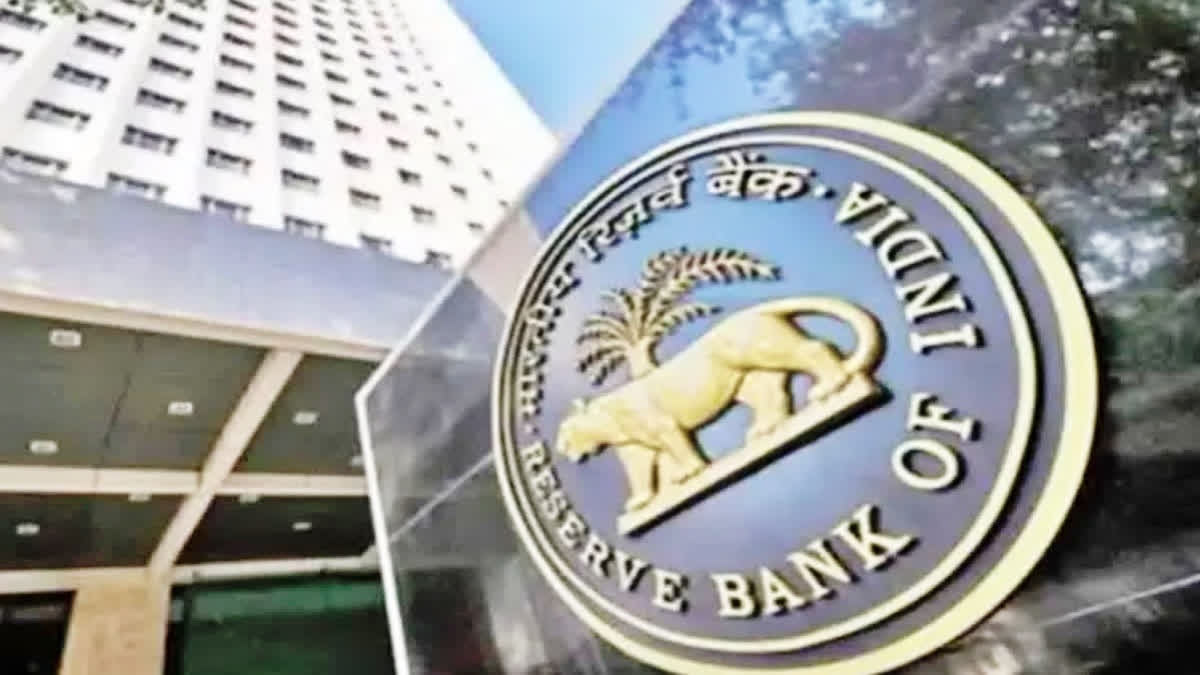India’s central bank that regulates the country’s banking sector has maintained a pause in the fourth bi-monthly monetary policy announced on October 6. It was widely expected that the Reserve Bank of India would maintain the short-term inter-bank lending rates, the repo rate and the reverse repo rate, at the same level as the RBI prefers stability to tide over the difficult situation caused by high inflation and volatility in the international financial system.
Conforming to the market expectations, the monetary policy committee of the RBI unanimously voted to keep the repo rate unchanged and the monetary policy stance has been retained which has been a withdrawal of the accommodation as five out of six committee members voted in its favour.
RBI’s inflation outlook
The Reserve Bank has maintained the overall retail inflation for the current financial year ending in March next year at 5.4 percent but it has upwardly revised the retail inflation projection for the second quarter (July-September 2023) from its earlier assessment of 6.2 percent to 6.4 percent in the October policy meeting.
Gaura Sen Gupta, Chief Economist of IDFC First Bank, says the key risks to the inflation outlook were lower sowing area for pulses, a dip in the country’s water reservoir levels and the impact of El Nino conditions on global food prices. If the retail prices remain above the target of 4 percent, which has been set by the government for the RBI under Section 45ZA of the Reserve Bank of India Act of 1934, then it looks difficult for the RBI to cut the benchmark interest rates to shore up the economic growth.
In its policy outlook, the Reserve Bank does not see a meaningful decline in retail inflation till the first quarter of the next financial year, i.e. April-June 2024 period.
Also read: RBI's decision will support growth, check inflation: Experts
What does it mean for borrowers?
The Reserve Bank’s inflation forecasts suggest that the retail inflation would decline to 5.6 percent in October-December period this year and then it would decline to 5.2 percent with the start of the next year i.e. January to March 2024 period and is expected to remain at the same level during the April-June 2024 period.
It shows that the retail prices in the country measured as the Consumer Price Index (CPI) will remain above the target of 4 percent set by the government under the law. As a result, the RBI is expected to maintain a long pause before thinking of cutting the interest rates.
“We maintain our call that RBI is likely to remain on a prolonged pause in FY24, with growth conditions holding up and uncertain inflation outlook. Monetary policy stance is unlikely to change anytime soon as inflation remains above the 4%-target till Q1FY25,” Gaura Sen Gupta said in a statement sent to ETV Bharat.
Sen Gupta says the transmission of past rate hikes remains incomplete and keeping liquidity conditions tight will enable better transmission. Sunil Sinha, Principal Economist at India Ratings and Research says as long as there is no clear visibility towards CPI inflation coming close to 4 percent (RBI’s inflation target under the law) on a durable basis, repo rate may not come down from the current level.
Sinha said as the RBI is projecting even CPI inflation for the first quarter of the next financial year at 5.2 percent and real GDP growth at 6.6 percent therefore it looks like that we may have to brace for a long pause on repo rate. For ordinary loan borrowers, who borrow money from banks and non-banking finance companies, to purchase houses, automobiles and other such things including credit card expenses, it means that interest rate will remain at current level for a longer period of time.
Liquidity to remain tight
In addition to raising interest rates to curb expenditure, another tool in the RBI’s hand is to tweak the liquidity condition in the country’s economy. The RBI’s monetary policy statement suggests that the RBI will continue to absorb liquidity to cool down inflation. The RBI indicated that open market operations (OMO) sales may be considered, timing and quantum will depend on liquidity conditions.
Sen Gupta says that an explicit reference to OMO sales as a liquidity-absorbing tool resulted in upward pressure on G-Sec yields. In fact, RBI conducted a small quantum of OMO sales amounting to Rs 66 billion last month with the aim to restrict core liquidity as incremental CRR (I-CRR) was withdrawn in a phased manner.
The weighted average call rate has risen to marginal standing facility (MSF) after a hike in the incremental cash reserve ratio (I-CRR) and advanced tax outflows, with system liquidity turning negative from the second half of September.
With the onset of the country’s festive season which begins with the Winter Navaratri in October and includes the festival buying of Dhanteras, Dussehra and Deepavali and goes on till early next year, the liquidity conditions are likely to get progressively tighter with pick-up in currency leakage due to festive season buying during the next four months.
A large number of Indians prefer to buy jewellery, automobiles and invest in real estate projects during this period which is considered auspicious. However, the Reserve Bank’s battle with high inflation means that the interest rates and tighter liquidity conditions will remain there for quite some time and there will be no relief to borrowers in terms of a lower interest rate regime.
Also read: Congress flags concerns on inflation as RBI retains Repo Rate at 6.5% for 4th consecutive time



